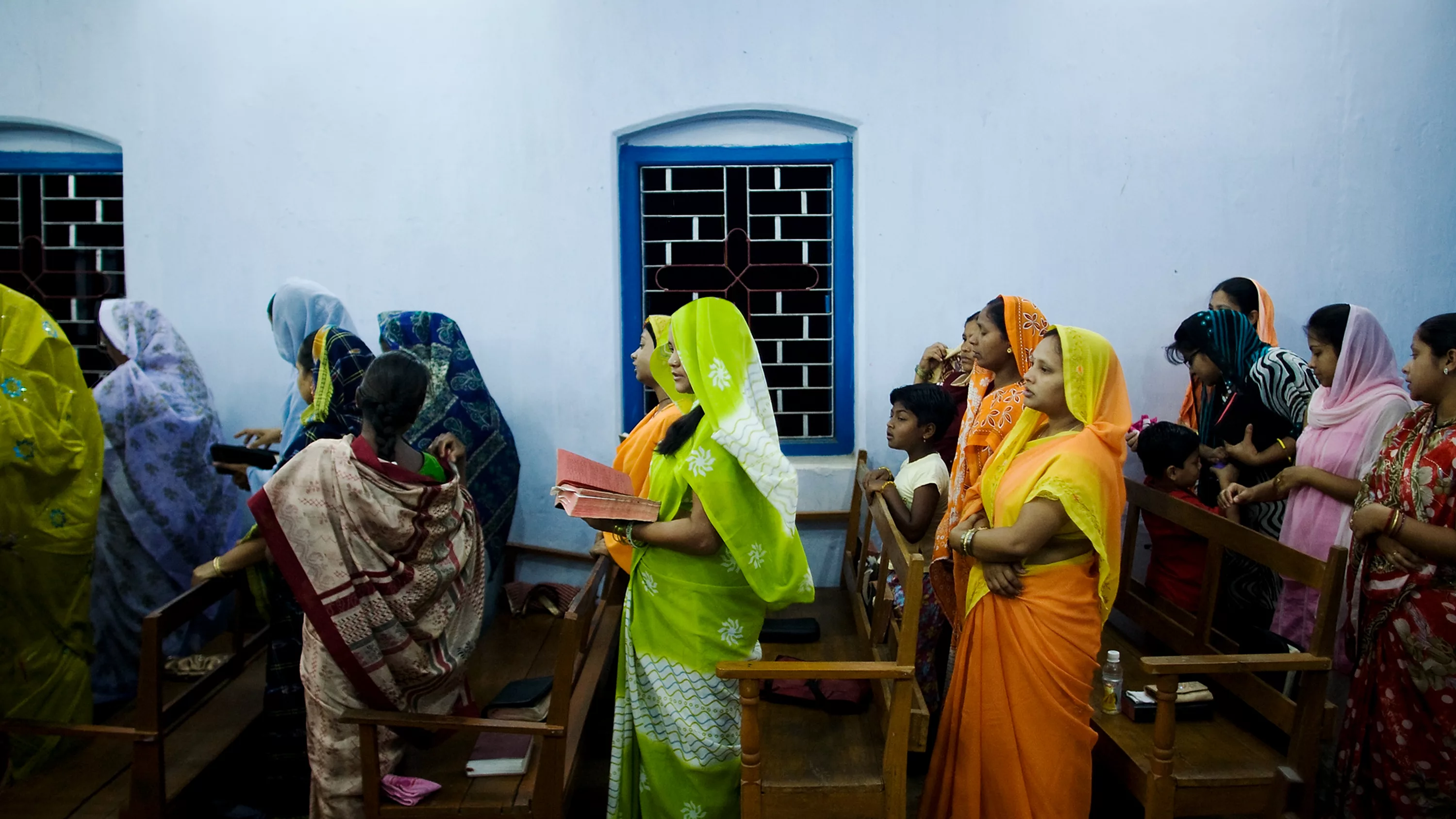
From embracing Western styles to preserving cultural heritage, how female leaders in six states navigate competing perspectives on appropriate attire.
While Christianity in India is as old as the early church itself, it was the modern missionary movement initiated by William Carey that caused the faith to take root. But colonial rule also caused Christianity in India to become associated with foreigners, despite the tradition that it originated with the apostle Thomas as early as 52 A.D. and historical evidence that the East India Company actively opposed missionary activities.
The growth of the Indian church, however, imparted new Indian converts not only a religion but also a culture. Mahatma Gandhi was critical, saying these converts had “imbibed the superficialities of European civilization, and have missed the teaching of Jesus.” He was not alone. Christian evangelists such as British missionary E. Stanley Jones and the wandering ascetic Sadhu Sundar Singh also took issue with the conflating of Christianity and Western culture. This impulse emphasized the need to “give the water of life in an Indian cup.”
Although India gained independence from British rule in 1947, many urban and semi-urban Indian churches continued to embrace the Western heritage they inherited. This included using pews instead of sitting on the ground; embracing a liturgy of hymnals, creeds, and doxologies; constructing cathedral-style church buildings; and the practice of wearing “white” bridal gowns or saris. Yet Western attire has not displaced the colorful traditional clothing for weekly worship, and church communities remain diverse in their dress.
CT spoke with seven female Christian leaders from six regions of India, all either married or above age 30, about their understanding of “Sunday best” clothing in India. The answers are arranged from …

